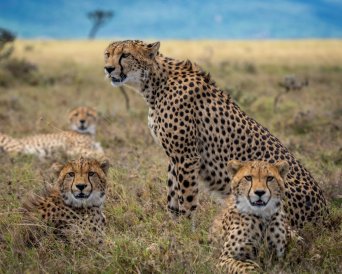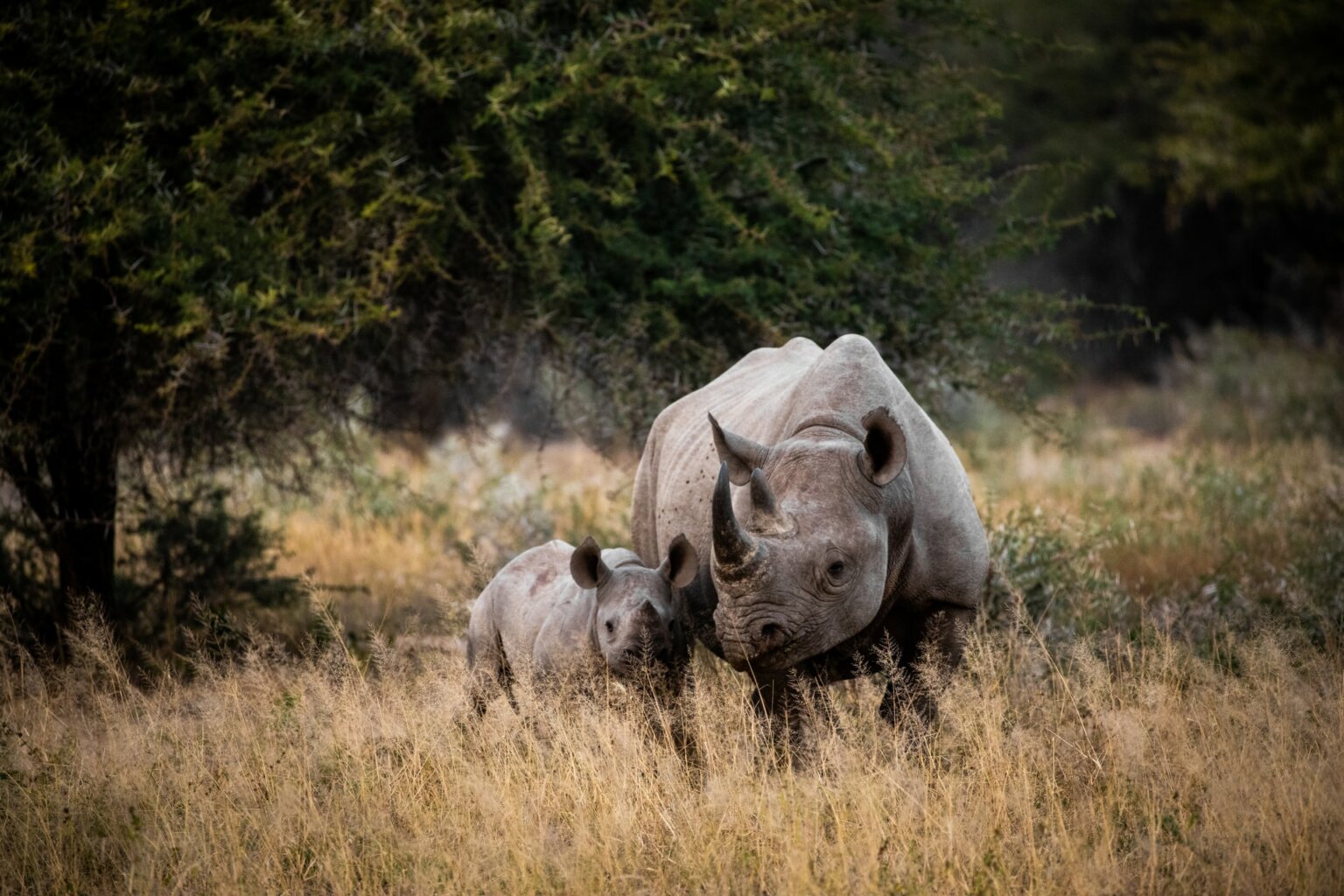- About
- Topics
- Picks
- Audio
- Story
- In-Depth
- Opinion
- News
- Donate
- Signup for our newsletterOur Editors' Best Picks.Send
Read, Debate: Engage.
| topic: | Conservation |
|---|---|
| located: | India |
| editor: | Hanan Zaffar |
After more than seven decades, India is once again home to cheetahs as eight large cats were brought from Namibia and released in Kuno-Palpur National Park, in the central Indian state of Madhya Pradesh, earlier this month. India’s Prime Minister Narendra Modi officially released these cheetahs into the National Park as part of the government's ambitious project to reintroduce cheetahs to the country, where the big cats have been extinct since the early 1950’s.
After numerous unsuccessful negotiations to bring Asiatic cheetahs from Iran, the government finally settled with the African Cheetahs from Namibia, which will be followed by more African cheetahs to be brought from South Africa this year, and the government plans to ring about 40 more in the future. This is despite the fact that the cheetahs that originally existed in the country were different from their African counterparts that have now been brought to the country.
The Asiatic cheetahs that once thrived in the forests of India now only exist in few numbers in Iran. However, the indigenous Indian-Asiatic cheetahs were once found in abundance in the central part of the country. As per the records from the time of Mughal Emperor Akbar, who ruled India in the 16th century, their number was estimated at around 10,000, with Akbar himself having a collection of a thousand of such animals. Mughals mostly tamed cheetahs for coursing and used them during their favourite hunting seasons. However, it was during the British Imperial rule that the animal was extensively hunted, specifically by British officers and the rulers of princely states of British India. In fact, the last three recorded Cheetahs in India were hunted by a ruler of a princely state in 1952, making them extinct.
Following their extinction, numerous efforts were made to reintroduce the animal to India; however, none of them materialised. This month, after years of negotiations, and even judicial intervention, the cheetahs were finally reintroduced to Indian forests. These cats will initially be released into an enclosed quarantined compound for a couple of months for them to get acquainted with the area before they are finally released into the larger 747 sq. km of the unfenced national park. More than 200 Indian spotted deer have already been released in the area for these hunting cats.
While the event has been much advertised and hailed as an historic one, not all are optimistic about its future. As per wildlife experts, the most important reason for the pessimism seems to be the nature of the environment they are released in. The Cheetahs need a vast area to inhabit for which the Kuno national Park seems not up to the mark. In their African home, these animals had an extensive home range of about 1,600 square kilometres. Furthermore, with the government's intention to bring and settle more of them, the national park might not be able to accommodate them properly. According to wildlife observers, this might lead Cheetahs to wander into human inhabited zones, thus creating human-wildlife conflict in the adjoining areas.
Photo by Ahmed Galal
Read next: The rise of Africa's conservation schools

